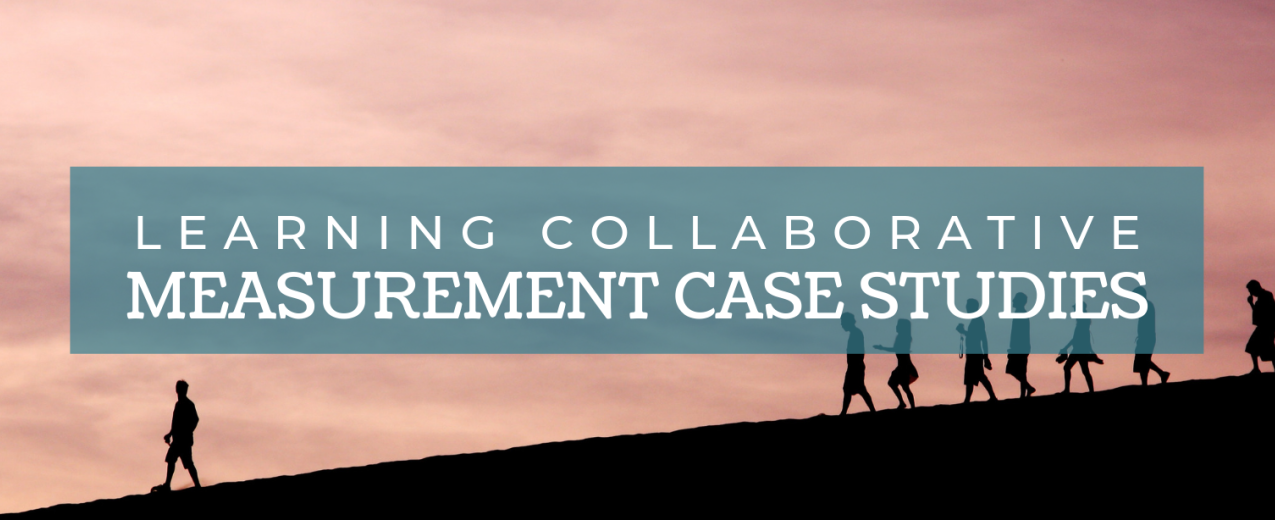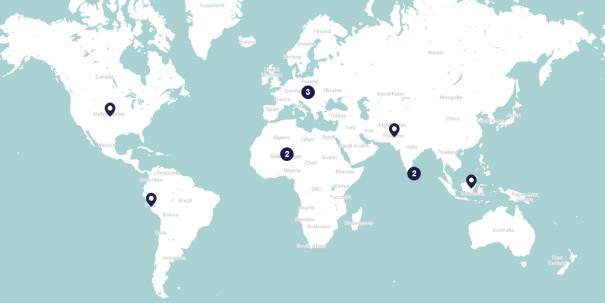
- Project summary
- 30 April 2019
Improving Adolescent Reproductive Health and Nutrition through Structural Solutions (Abdiboru)
- Author: CDavin
- Published by: Social Norms Learning Collaborative
Organizations involved
CARE, Addis Continental Institute of Public Health
Summary
The Abdiboru project is a five-year (2016 – 2020) operations research intervention that aims to empower young adolescent girls (10-14 years) in West Hararghe Zone, Oromia regional state of Ethiopia. The project is being implemented by CARE Ethiopia and Addis Continental Institute of Public Health is the research partner. The project is based on the theory that three structural determinants: government - level institutions, community level social norms and values, and individual level agency significantly influence girl empowerment and gender equality; however, it is the combined influence of these three foci that will have the most impact on girl empowerment and gender equality. The corresponding intervention arms therefore were developed to test the effect of different combinations of individual, community, and structural/government level interventions; namely girls group (individual level), Social Analysis and Action (community level), and Community Score Card (structural level). The process and outcome of the project are assessed using a mix of quantitative and qualitative data collection methods at base line, midterm and end line.
Social norms of interest
Early marriage, gender roles/equity
Behavioral outcomes of interest
Girls’ empowerment (i.e., economic empowerment measured by control and use of income), early marriage prevention, delayed sexual debut, improvement of health and nutritional outcomes (i.e., BMI, FP use)
Project components
The intervention consists of three arms each receiving a different combination of interventions: Arm 1(the Double-combination arm) combines individual and structural/government level interventions; Arm 2 (the Triple-combination arm) combines interventions at individual, structural/ government level, and community levels; and Arm 3 (the delayed intervention arm) serves as a control arm until it receives the better of Arm 1 or Arm 2 intervention in the final year of the project.
The individual-level intervention is referred to as girls group and consists of assistance forming Village Savings and Loan Association (VSLA) groups and SRH, nutrition and life skills training. The community-level intervention is referred to as the Social Analysis and Action (SAA) intervention. The SAA intervention is designed to explore social dimensions of health, empowering communities in order to understand the connection between health and socio-cultural factors and engaging communities to take action to improve their health and wellbeing. It is supposed to challenge norms to encourage positive norms and discourage the negative. The aim of SAA formation is to create the space for reference groups to challenge the social norms that affect the life of adolescent girls. The structural level intervention is referred to as community score card (CSC). CSC works to influence the quality, efficiency and accountability of the SRH, nutrition and other social services for adolescent girls by engaging both service providers and users together. It is a tool that the service provider can use to monitor progress and service quality together with the community.
Social norms measurement
Social norms were initially assessed as the first activity of the project termed a ‘mini assessment’. The aim of understanding the context of the project implementation area and specifically to identify key social norms affecting the desired program outcomes, decision makers and their reference groups, the extent of agency adolescent girls have on matters of their concern, and the social sanctions or pressures for deviating from the social norms. Social norms were measured during the ‘mini assessment’ using vignettes in focus group discussions (FGD) and subsequently measured on quantitative baseline, midterm and endline surveys.
Key findings to date
During the ‘mini assessment’ four themes related to social and gender norms emerged. The first was that household activities appeared to have gender differences. While males are expected to participate more in activities outside the home, girls are expected to have roles linked to household activities. The second was that almost all respondents had a positive attitude about girls’ education and claimed that opportunities for school enrollment are equal for both girls and boys. The third was that most respondents reported early marriage is widely practiced in the community. And finally, with regards to food preparation and allocation: food preparation was reported as fully the women’s responsibility in the community. Adolescent girls are widely expected to help their mother in food preparation. Men have no recognized role in food preparation and food allocation in the family clearly favors males.
The intervention is ongoing but as of the midterm evaluation, the savings component was shown to be the most successful element of the girls’ group (VSLA) intervention package.
Attribution
Copyright 2017 Cooperative for Assistance and Relief Everywhere, Inc. (CARE). All rights reserved. Permission for use by external parties: CARE grants permission to not-for-profit organizations engaged in humanitarian activities to use, reproduce, adapt, and create derivatives of this work, in whole or in part, solely for noncommercial purposes in connection with such humanitarian activities. This work is not to be used for any other purpose or in any other manner, including for any advertising or other promotional purposes, without CARE’s prior express written consent. As a condition to CARE granting permission to reproduce this work, the following notice shall appear conspicuously with any and all copies, reproductions, or public displays of the work, in whole or in part: “Applying Theory to Practice: CARE’s Journey Piloting Social Norms Measures for Gender Programming. Copyright 2017 Cooperative for Assistance and Relief Everywhere, Inc. (CARE). Used by Permission.”
Resources

Back to the "Map of social norms-focused projects and measurement approaches"
- Countries / Regions:
- Ethiopia
- Data collection methods:
- Vignettes, Focus group, Survey